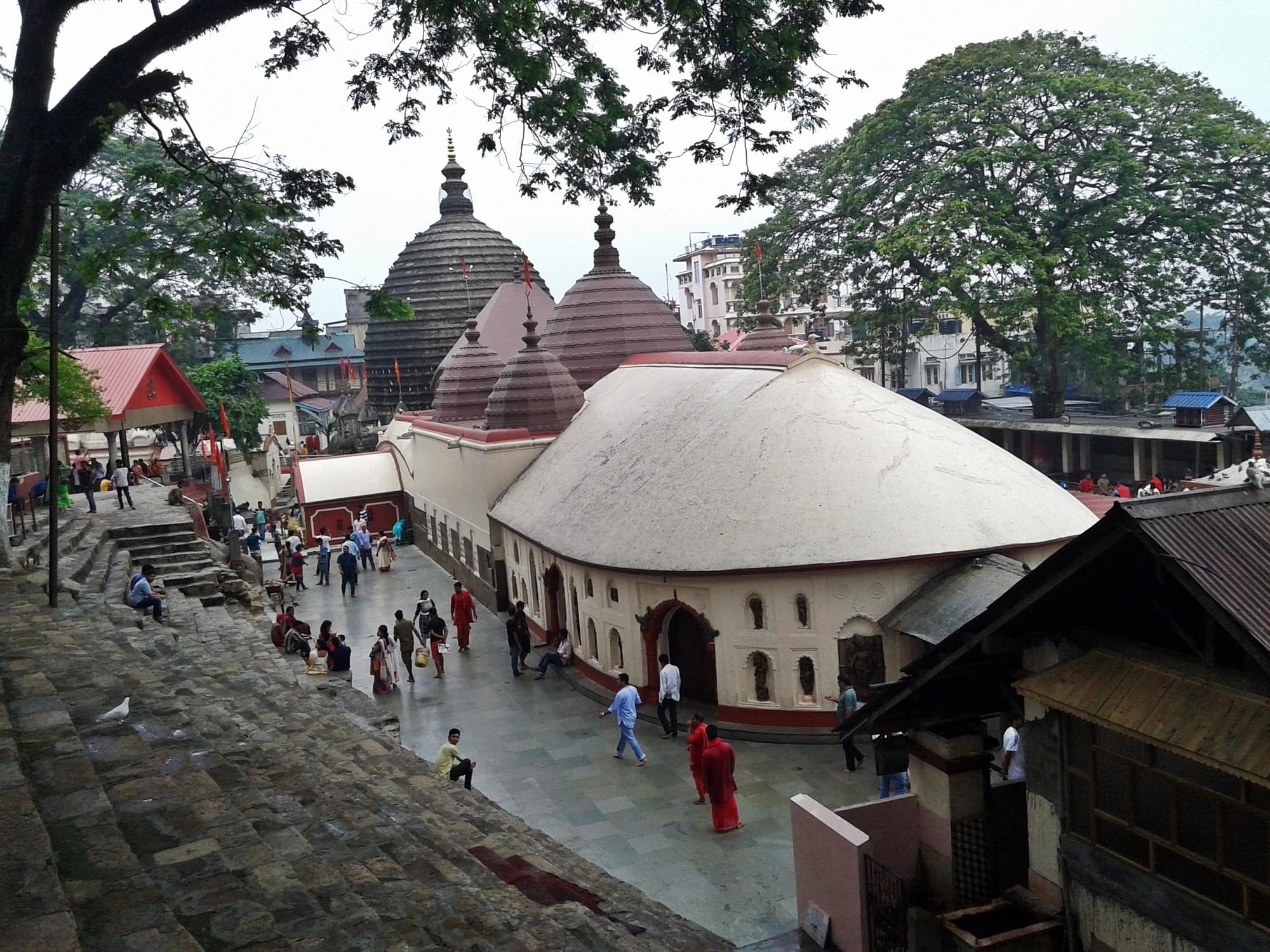
The Famous Kamakhya Temple in Assam Tour Destinations in Assam
The Kamakhya Temple at Nilachal hills in Guwahati, Assam is one of the oldest and most revered centres of Tantric practices, dedicated to the goddess Kamakhya.The temple is the center of the Kulachara Tantra Marga and the site of the Ambubachi Mela, an annual festival that celebrates the menstruation of the goddess. Structurally, the temple is dated to the 8th-9th century with many subsequent.

Kamakhya Temple Guwahati, Comprehensive Guide to Visit Kamakhya Temple in 2019 Tripoto
The Kamakhya temple is not just a famous pilgrimage site in Assam, but is also a unique temple in the country. The Kamakhya Temple in Guwahati. Source: Wikimedia. Located on the Nilachal hill in the capital city of Guwahati, the deity of the temple, Kamakhya Devi is revered as the 'Bleeding Goddess'.
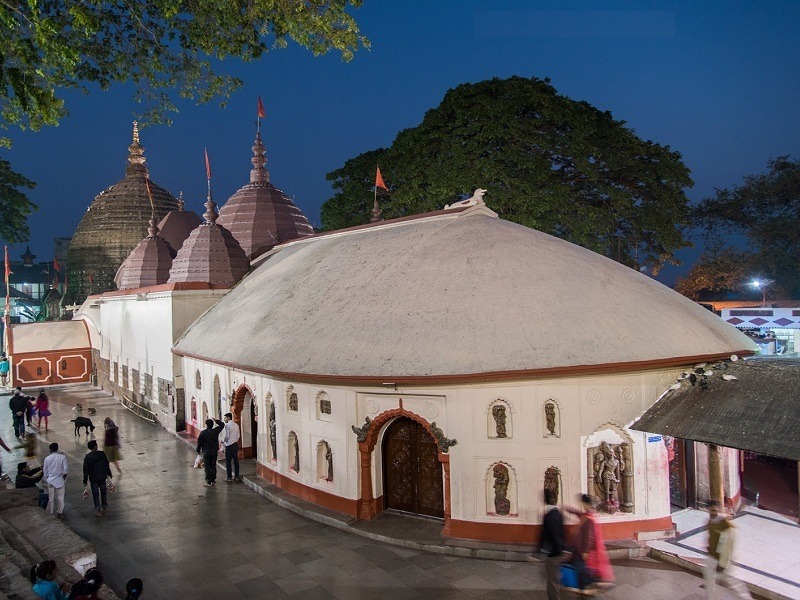
Kamakhya Temple, Guwahati Timings, History, Pooja & Aarti schedule,
Kamakhya TempleKamakhya Temple is one amongst the holiest shrines throughout India. Perched on Nilanchal Hill in Kamrup district of Assam, Kamakhya Mandir is easily accessible at a stretch of 8 kms from Guwahati. The temple commemorates Hindu Goddess Sati in her aspect of Kamakhya Devi. Goddess Kamakhya is also known as Sodashi in the local region.
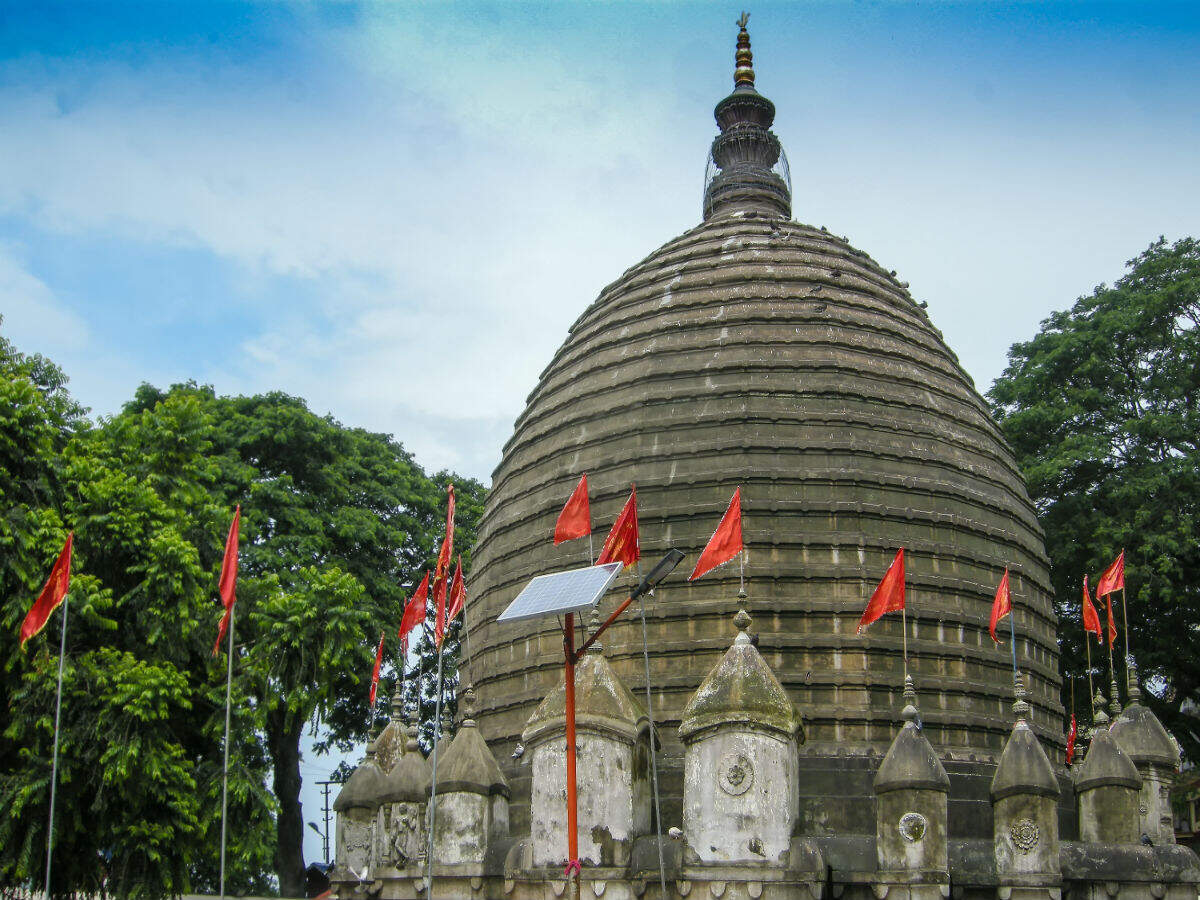
Kamakhya Temple in Assam reopens but only for parikrama, Guwahati Times of India Travel
The Kamakhya Temple, located atop the Nilachal Hill in the western part of Guwahati city in Assam, India, is one of the most revered and mystical pilgrimage sites in the country. Dedicated to the goddess Kamakhya, a manifestation of the divine feminine energy, the temple draws devotees and tourists alike with its unique rituals, spiritual.
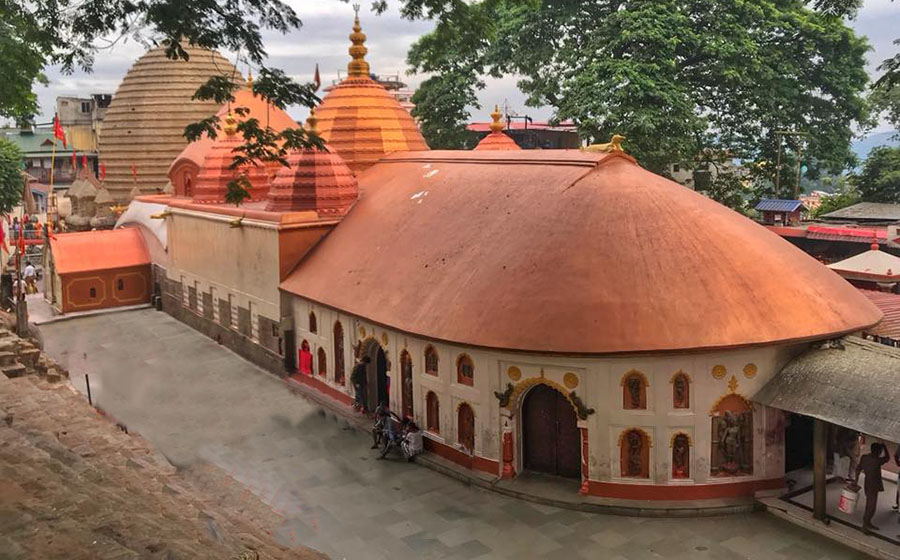
Kamakhya Temple reopens in Assam amid strict COVID19 protocols OrissaPOST
The Kamakhya temple in Assam is widely accepted as one of the most powerful Shakti temples on the Indian subcontinent. It is graced by an energy vortex that has drawn practitioners of yoga and tantra to her for more than two thousand years. This image, Ambubachi menstrating, is thought by some to be one of the most ancient reliefs in the temple
Kamakhya Temple Assam The North East Of India
The Kamakhya Temple is one of the most revered and also one of the oldest of the 51 shaktipeethas in India. The temple, an important pilgrimage site, is one of the most visited attractions in the.
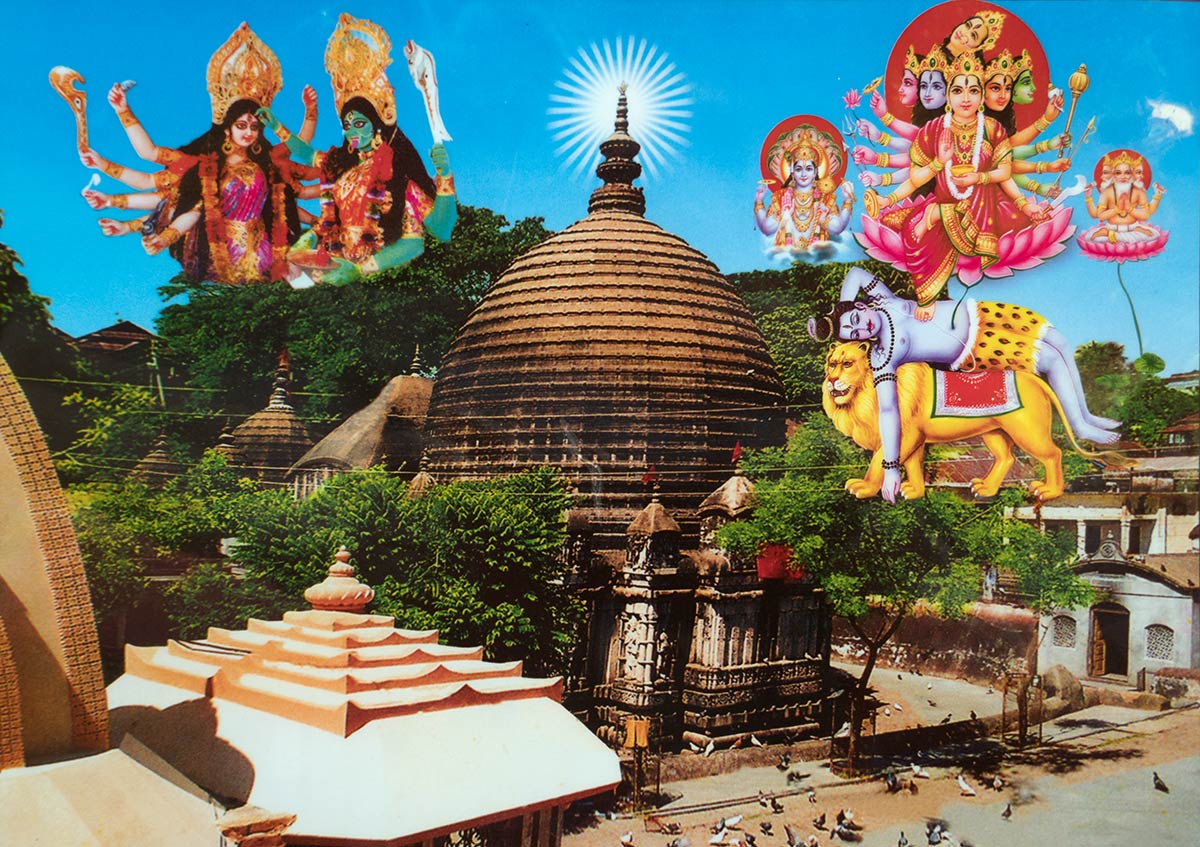
Kamakhya
Sir Edward Gait in his book A History of Assam wrote that the Kamakhya temple was originally built during 4th-5th century CE. Another suggestion has also evolved from a radio carbon isotope testing conducted to determine the age of the main temple and the results indicated that the bottom layer of the temple is approximately 2200 years old, and.

Ambubachi Festival Concludes at Kamakhya Temple in Assam's Guwahati; See Photos News18
The Kamakhya Temple located in Assam is a very unique temple which is dedicated to Kamakhya Devi. This temple is associated with the embodiment of the mother cult, the Shakti. Let us find out about the mythological story and belief behind the temple and why this temple is considered so important in Hinduism. , Spirituality News, Times Now
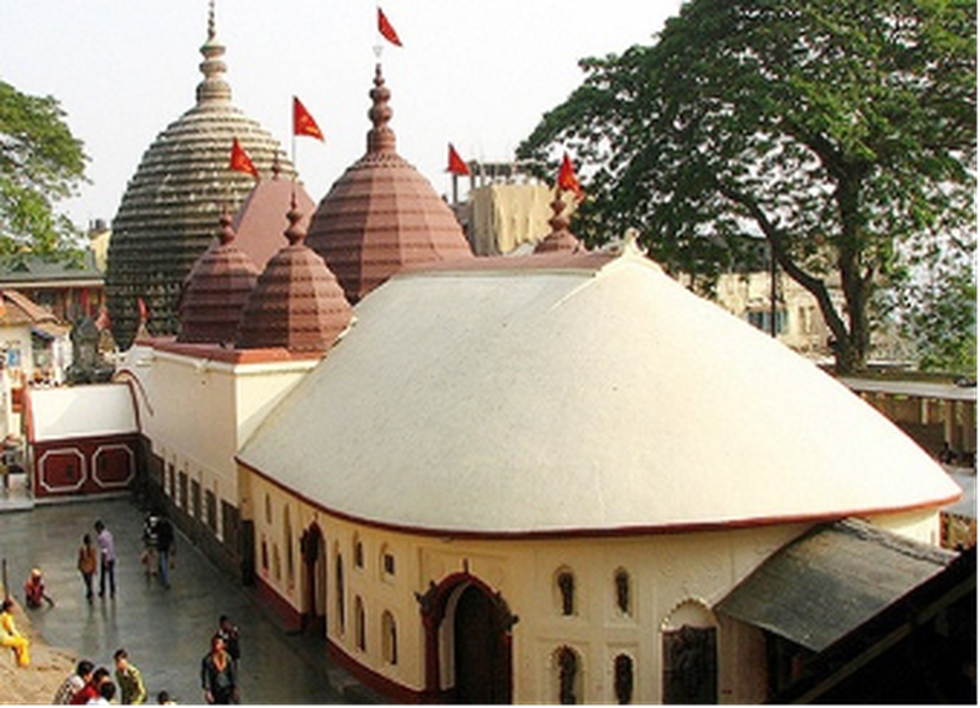
Recently, the Prime Minister of India appreciated Assam’s landmark Maa Kamakhya temple corridor
Maa Kamakhya or Kameswari is the renowned Goddess of Desire whose famous shrine is located in the heart of Nilachala Hill situated in the western part of Guwahati, the Capital City of the state of Asom in North East India. Maa Kamakhya Devalaya is considered most sacred and oldest of the 51 Shakti Peethas on earth.

Kamakhya Temple, Kamakhya Devi Temple Guwahati, Kamakhya Devi Kamakhya devi, Hindu temple
The Kamakhya Temple in Guwahati, Assam, is a temple that pays homage to the Hindu mother goddess Kamakhya. With origins dating back to the 8 th century, this temple is one of the oldest of the Shakti Pithas, or religious shrines dedicated to Shaktism. The temple consists of three mandapas (chambers) as well as the garbhagriha (inner sanctum), which houses the yoni that represents Goddess Kamakhya.
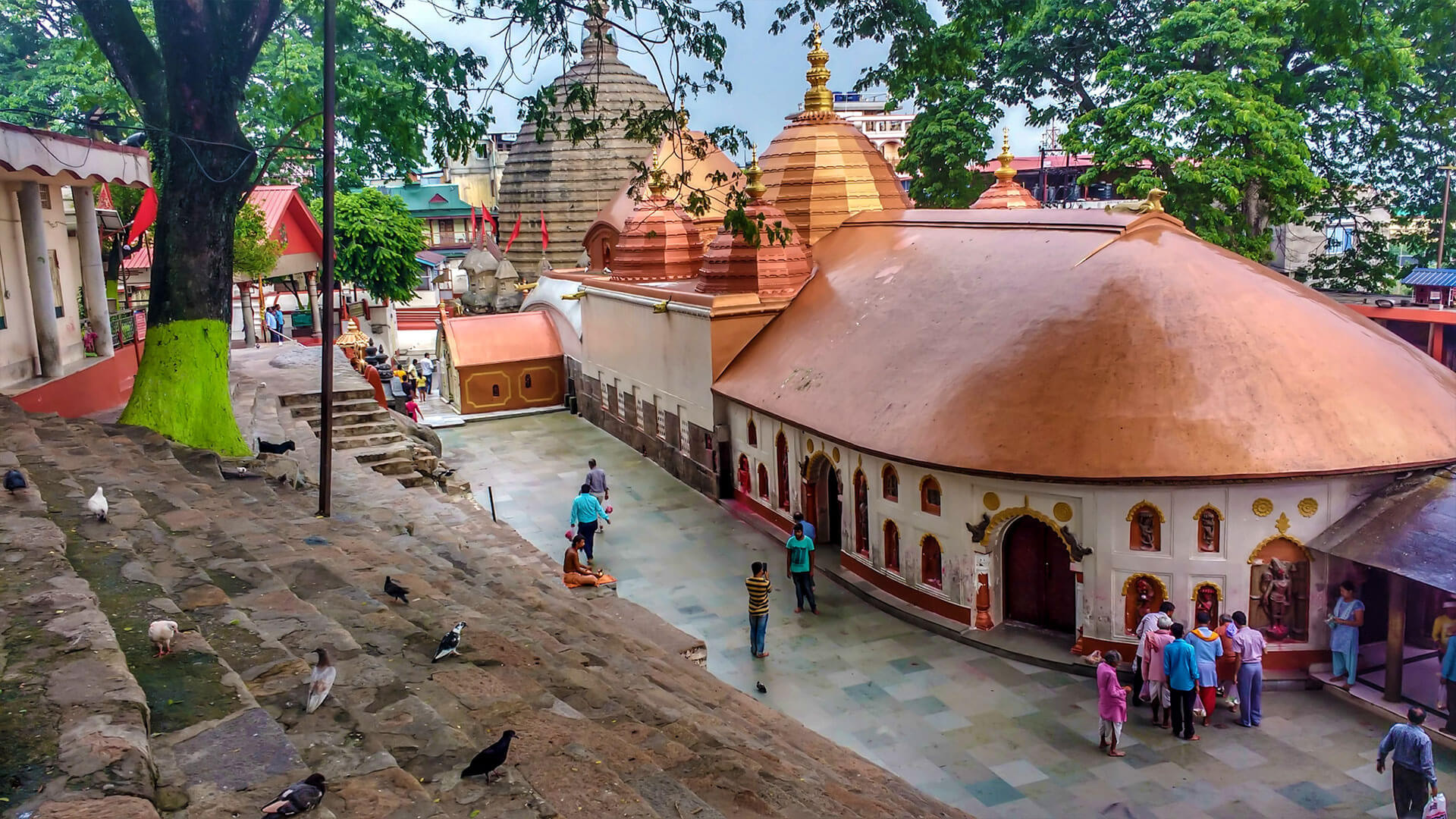
Kamakhya Temple Major Attractions & How To Reach Adotrip
The Kamakhya Temple in Assam is one of the most venerated Shakti shrines in India, and is regarded as one of the Shakti Peethams associated with the legend of Shiva and Daksha Yagna.. Kamakhya is located on a hill - Neelachala Parvat or Kamagiri near the city of Guwahati in Assam.Shakti, residing on the Kamagiri hill is known as Kamakhya, the granter of desires.
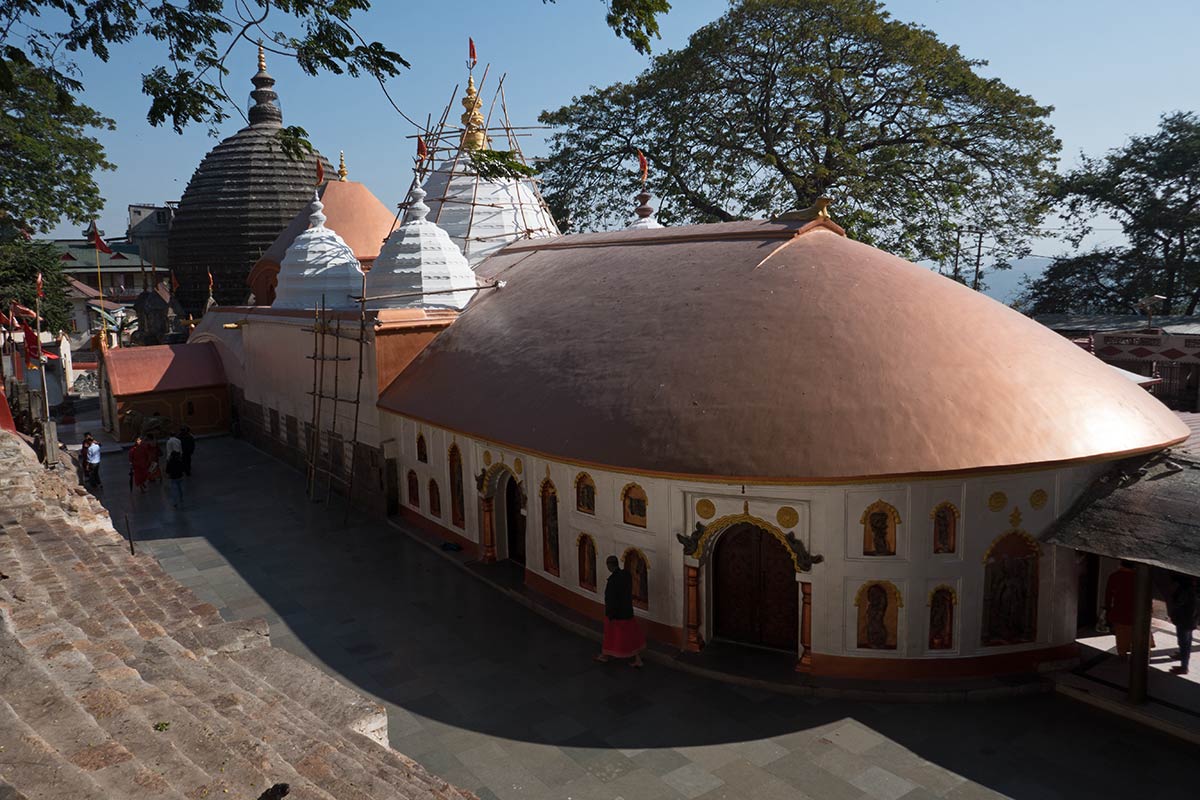
Kamakhya
Kamakhya Temple, situated atop Nilachal Hill in the city of Guwahati, Assam, is one of the most revered and ancient Shakti Peethas in India. Dedicated to Goddess Kamakhya, an embodiment of the divine feminine energy, the temple holds immense religious significance for Hindus. The temple's architecture reflects a unique blend of Assamese and.

Kamakhya Temple Tour Famous Temple Assam in India YouTube
Kamakhya is the only temple in Assam with fully developed ground-plan and is very unique in its features. It has five chambers, garbhagriha (sanctuary), antarala (vestibule), jagamohan (principal chamber), bhogmandir or pancharatna (ritual chamber), and natmandir (opera hall). The natmandir is used for performing traditional dance and music.
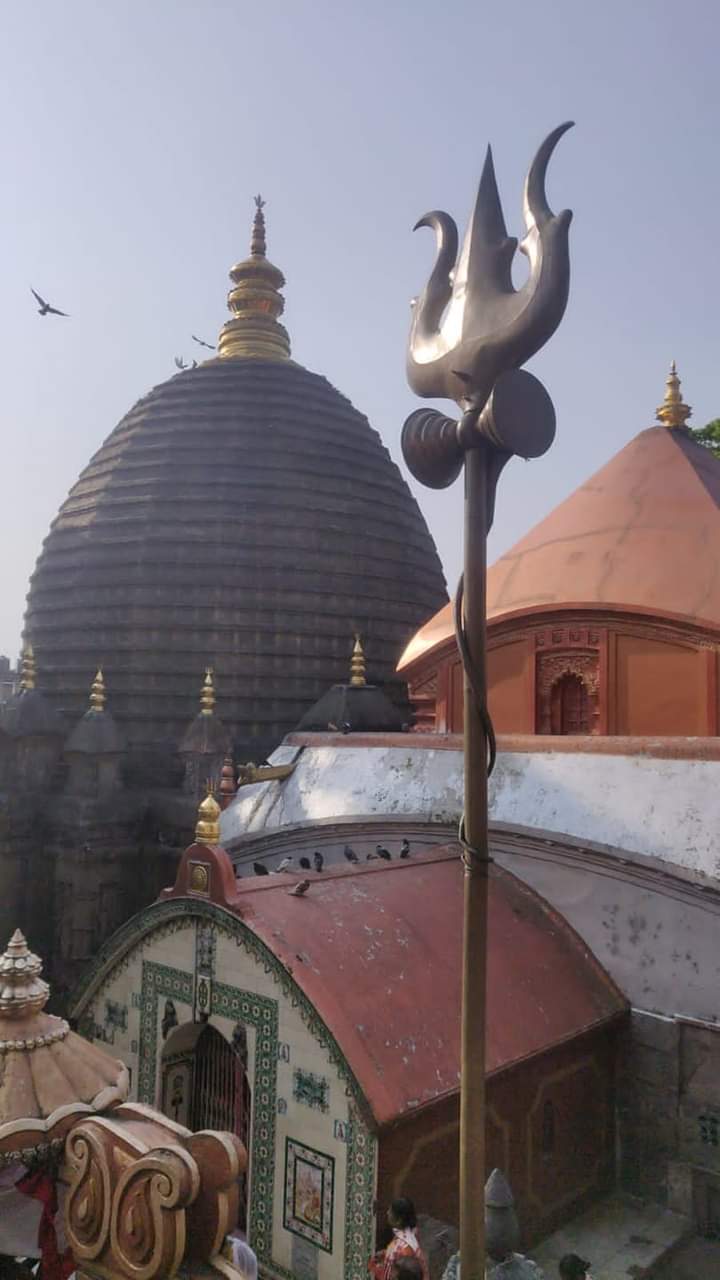
Kamakhya Temple Kamrup Metropolitan District Government Of Assam, India
The temple is known as Kamrup-Kamakhya Temple is nestled on Nilachal Hill of Guwahati, Assam. The architecture of the temple is magnificent and this is one of North East India's most popular tourist destination attracting devotees and pilgrims from across the country.

Kamakhya Temple,Assam,India Travel life journeys
The Kamakhya temple possesses some significant uniqueness. This is the only temple of Assam having a fully developed ground-plan. It consists of five chambers and each of these chambers exhibits a different architectural feature. The five chambers are: The Garbhagriha or the inner sanctum sanctorum that has the Saracenic Dome
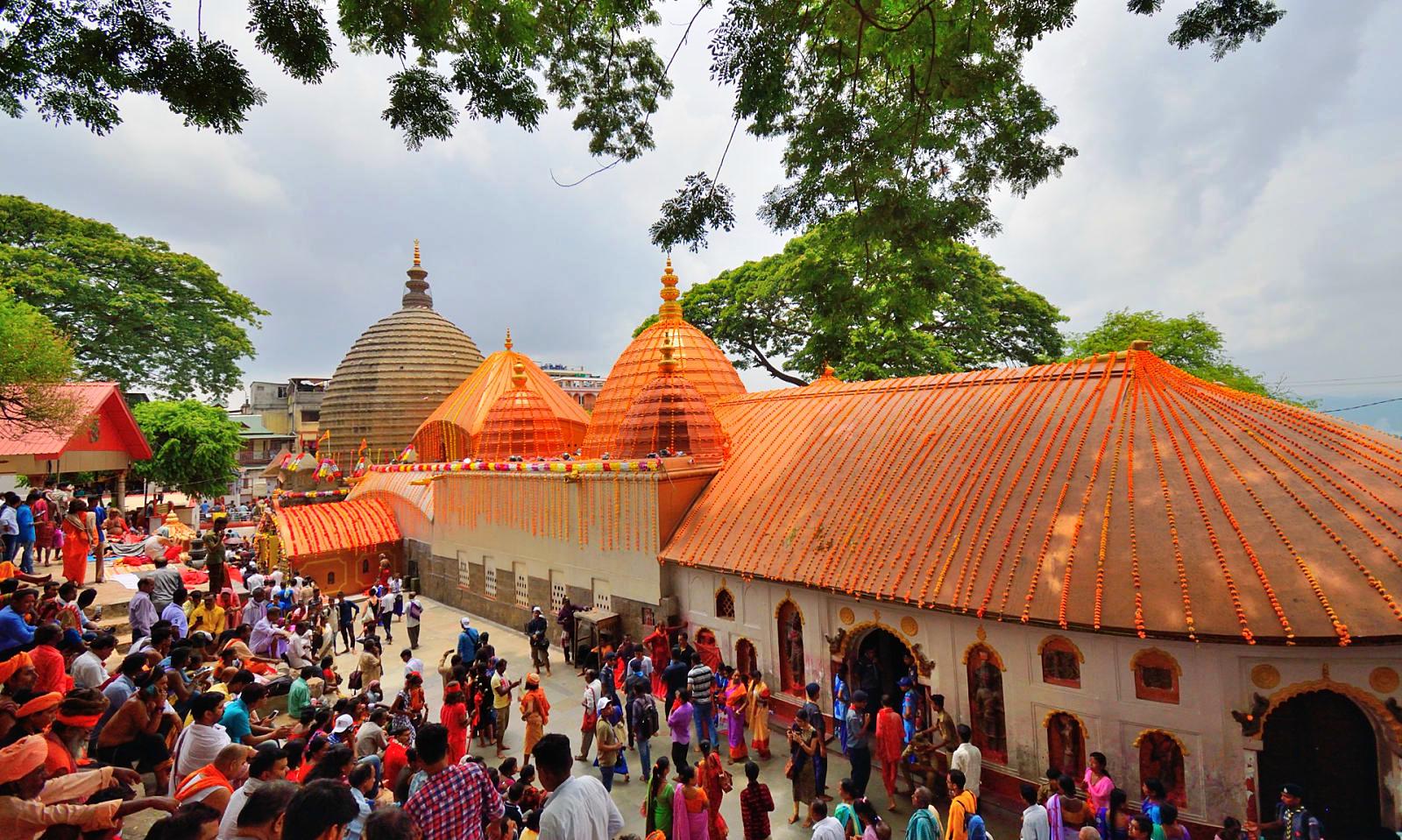
20 Best Places to Visit in Assam Tusk Travel
The temple is dedicated to Goddess Kamakhya, who is also known as Kameshwari, the goddess of desire. The temple's history dates back to the 8th century when it was built by the Kamarupa dynasty rulers. It has undergone several renovations and expansions since then. The current structure was built in the 17th century by the Ahom rulers.